Introduction
Performance management is more than just annual reviews, it’s an ongoing, strategic approach to driving productivity, engagement, and growth within an organization. In today’s competitive business landscape, where retaining top talent and meeting ambitious goals is crucial, the importance of performance management cannot be overstated.
At its core, performance management is about creating a shared vision between employees and the organization. It ensures that everyone works toward the same objectives, understands their responsibilities, and receives the support they need to succeed.
What is Performance Management and Why is it Important?
Performance management is a structured, ongoing process that helps organizations ensure employees are meeting their objectives in a way that contributes to overall business success. It goes beyond just evaluating past work, it’s about creating an environment where people can thrive, grow, and continuously improve.
The importance of performance management lies in its ability to connect individual performance to the organization’s strategic goals. When implemented effectively, it helps:
- Clarify roles and responsibilities so employees know exactly what’s expected of them.
- Improve productivity and efficiency by aligning tasks with company objectives.
- Enhance employee engagement through recognition, feedback, and development opportunities.
- Identify and close skill gaps to keep the workforce competitive.
- Boost retention rates by showing employees that their growth matters to the organization.
In short, performance management is not just a human resources function, it’s a business strategy that strengthens team cohesion, maximizes potential, and drives long-term success.
For organizations seeking structured learning solutions and development programs, consider exploring TeamLease Digital’s learning and apprenticeship services for tailored upskilling support.
Next, let’s understand the impact that performance management has on your organization.
Understanding the Impact of Performance Management on Organizations

The impact of performance management extends far beyond simply tracking employee output, it shapes the way an organization operates, competes, and grows. An effective performance management system serves as a strategic tool that aligns day-to-day activities with long-term business objectives, ensuring that every employee effort contributes to the company’s vision.
When done well, performance management can:
- Improve overall organizational performance – By clearly defining success metrics and aligning them with company priorities, it ensures that every team member works toward common, measurable goals.
- Foster accountability at all levels – Employees understand exactly how their contributions impact the business, and managers can identify and address underperformance early.
- Encourage a results-driven culture – When performance expectations are clear and progress is tracked, employees are motivated to meet or exceed targets.
- Enable agile decision-making – Performance data provides real-time insights, allowing leaders to adjust strategies quickly in response to market changes.
Moving on, we take a look at the significance of aligning your employees’ goals with the goals of your organization.
The Significance of Aligning Employee Goals with Organizational Objectives
Aligning employee goals with organizational objectives is one of the most powerful ways to create a workforce that is both motivated and strategically effective.
This alignment fosters ownership, accountability, and a sense of purpose, elements that drive higher performance and stronger commitment.
Why alignment matters:
- Clarity of direction – Employees know exactly where the organization is headed and how their role contributes to that journey. This reduces confusion, eliminates wasted effort, and improves decision-making at every level.
- Unified focus – Instead of departments working in silos, aligned goals encourage collaboration across teams, ensuring everyone works toward shared business priorities.
- Motivation through purpose – People are more engaged when they feel their work has a tangible impact on the company’s success and, in some cases, on broader societal goals.
Example:
Imagine a tech company whose overarching objective is to expand into new international markets. For the marketing team, this might translate into a goal of generating leads from three new regions. For the product development team, it could mean creating multilingual versions of the software. Each department’s individual goals differ but ultimately contribute to the same strategic vision, global expansion.
How performance management supports alignment:
A robust performance management system ensures goal alignment through:
- Cascading objectives – Translating company-wide strategies into departmental, team, and individual goals.
- Regular check-ins – Keeping employees updated on progress and adjusting goals if business priorities shift.
- Transparent communication – Ensuring every employee has access to the company’s mission, vision, and strategic plans.
When alignment is strong, employees become active partners in driving the company’s success, not just participants completing assigned tasks.
For assistance in translating strategic objectives into people strategies, TeamLease’s performance management tools and insights can help maintain alignment and visibility across teams.
Benefits of Performance Management

An effective performance management process offers multiple benefits that go beyond productivity. These include:
1. Creation of effective goals using data-driven insights
Modern performance systems use analytics to create SMART (Specific, Measurable, Achievable, Relevant, Time-bound) goals. This ensures objectives are realistic and trackable.
2. Enhancement of employee productivity through clarity and feedback
Clear expectations and continuous feedback help employees stay on track and make adjustments before issues escalate.
3. Identification of skill gaps and training needs
Regular performance evaluations reveal areas where employees need support, allowing HR to design targeted training programs.
4. Improved employee engagement and morale
Employees who receive consistent feedback and recognition are more engaged and committed to their work.
5. Boost in retention rates by investing in professional development
Career development opportunities reduce turnover by showing employees that the company values their long-term growth.
6. Recognition and rewarding of top performers
Acknowledging high achievers boosts morale, encourages healthy competition, and motivates others to perform better.
Leverage TeamLease’s performance dashboards for real-time insights and SMART goal tracking across your organization.
Now, we move on to the key components that are a part of performance management.
Key Components of Performance Management
For performance management to be effective, it needs to be built on a strong foundation of interconnected components. These elements ensure that the process is not just about evaluation, but about enabling continuous improvement, engagement, and goal achievement.
1. Goal-Setting Aligned with Strategic Objectives
At the heart of performance management is the creation of clear, measurable goals that directly contribute to the organization’s vision. This process, often referred to as cascading objectives, starts at the top with corporate goals and filters down to departmental, team, and individual targets.
- Example: If the organizational goal is to increase customer satisfaction by 15%, a customer service representative’s goal could be to reduce response times by 20% or improve resolution rates.
- Best practice: Use the SMART goal framework, Specific, Measurable, Achievable, Relevant, and Time-bound, to ensure objectives are actionable and trackable.
2. Monitoring Through Regular Performance Check-ins
Monitoring is more than waiting until the annual review, it’s about ongoing oversight that keeps employees on track and ensures timely course corrections.
- Example: A sales manager might schedule biweekly meetings with team members to review pipeline status, discuss challenges, and update sales targets based on market conditions.
- Best practice: Use performance dashboards and collaborative tools to track progress in real time, making it easier to spot trends or obstacles before they escalate.
3. Providing Timely and Constructive Feedback
Feedback should be immediate, specific, and focused on improvement, rather than only given during formal reviews. Constructive feedback reinforces positive behaviors and addresses performance gaps early.
- Example: If an employee successfully resolves a critical issue under pressure, acknowledging their quick thinking during the same week can boost morale and reinforce desired actions.
- Best practice: Adopt a feedback model such as SBI (Situation-Behavior-Impact) to keep conversations objective and solution-oriented.
4. Development and Engagement Opportunities for Employees
Performance management is not just about assessing performance, it’s about developing potential. By identifying skill gaps and providing targeted learning opportunities, organizations can boost both capability and loyalty.
- Example: If a data analyst shows promise in leadership, enrolling them in a management training program can prepare them for future roles while keeping them engaged.
- Best practice: Incorporate individual development plans (IDPs) into the performance cycle so that growth is personalized and aligned with both the employee’s aspirations and the company’s needs.
Why these components matter:
When all four components work together, performance management becomes a continuous cycle of goal alignment, progress tracking, feedback, and development. This integrated approach ensures employees stay motivated, leaders stay informed, and organizations remain agile in changing business environments.
TeamLease’s learning platforms and skill-based training programs are ideal resources for designing effective IDPs.
Next up, we take a look at effective practices that make performance management work.
Effective Performance Management Practices

Turning performance management into a true competitive advantage requires more than annual evaluations, it’s about creating an ongoing, structured approach that supports employees and drives results. Here are five proven practices to make it work:
1. Align Individual Contributions with Business Goals
Why it matters: Employees perform better when they understand how their daily tasks contribute to the company’s larger mission.
How to do it:
- Break down company-wide goals into team and individual targets.
- Use tools like OKRs (Objectives and Key Results) or goal alignment maps.
- Discuss the “why” behind each goal to create purpose.
Pro Tip: Share success stories that show how an employee’s work directly impacted business outcomes.
2. Foster a Culture of Continuous Feedback and Recognition
Why it matters: Frequent, timely feedback keeps employees engaged, while recognition reinforces desired behaviors.
How to do it:
- Replace annual-only reviews with monthly or quarterly check-ins.
- Celebrate achievements publicly through team shout-outs or internal platforms.
- Deliver feedback in real time for maximum relevance.
Pro Tip: Keep feedback specific, actionable, and focused on behaviors, not personalities.
3. Empower Employees to Enhance Their Contributions
Why it matters: Empowerment encourages innovation, ownership, and higher-quality work.
How to do it:
- Grant autonomy within clearly defined boundaries.
- Provide access to tools, training, and decision-making authority.
- Encourage creative problem-solving, even if it involves calculated risks.
Pro Tip: Pair freedom with accountability, set expectations but allow flexibility in how goals are met.
4. Integrate Learning and Development into the Performance Process
Why it matters: Performance management isn’t just about assessment, it’s about growth. Employees with development opportunities are more engaged and loyal.
How to do it:
- Identify skill gaps during reviews and create personalized training plans.
- Offer mentorship programs or cross-functional projects.
- Link learning goals to career advancement opportunities.
Pro Tip: Use a mix of on-the-job training, e-learning, and workshops to keep development engaging and diverse.
5. Use Data-Driven Insights to Improve Decision-Making
Why it matters: Data helps leaders make objective, informed decisions about promotions, training, and workload distribution.
How to do it:
- Track performance trends using dashboards and analytics tools.
- Monitor KPIs to identify top performers and those needing support.
- Use insights to adjust strategies quickly in changing conditions.
Pro Tip: Combine quantitative data with qualitative feedback for a more complete performance picture.
Next up, we take a look at possible challenges that might arise and their respective solutions.
Possible Challenges and their Solutions in Performance Management
While performance management offers immense benefits, implementing it effectively isn’t without hurdles. Organizations often encounter obstacles that can undermine the process if not addressed proactively. Here’s a closer look at some common challenges, and practical solutions to overcome them:
1. Lack of Clear Goals and Expectations
Challenge:
When employees are unsure of what’s expected from them, performance naturally suffers. Vague objectives and inconsistent communication make it difficult to measure success.
Solution:
Implement SMART goals (Specific, Measurable, Achievable, Relevant, Time-bound) and communicate them clearly during performance planning sessions. Ensure managers check in regularly to track progress and make adjustments when necessary.
2. Inconsistent or Infrequent Feedback
Challenge:
Relying solely on annual reviews creates long feedback gaps. Employees may continue unproductive habits for months before receiving corrective guidance, which hampers growth.
Solution:
Adopt a continuous feedback approach. Incorporate monthly or quarterly check-ins, real-time recognition, and constructive feedback loops. This ensures employees stay aligned with organizational goals and feel supported in their growth.
3. Bias and Subjectivity in Evaluations
Challenge:
Personal bias, whether conscious or unconscious, can skew performance reviews. Factors like personal relationships, recency bias, or favoritism may lead to unfair assessments.
Solution:
Use data-driven performance metrics combined with 360-degree feedback from peers, subordinates, and managers. Structured evaluation forms and rating scales also help reduce subjectivity and improve fairness.
4. Resistance to Change
Challenge:
Employees and even managers may resist performance management changes, especially if they perceive it as an added workload or a way to micromanage.
Solution:
Foster transparency by explaining the purpose and benefits of performance management. Involve employees in the process design, provide training, and demonstrate how it supports career development rather than merely policing work.
5. Limited Managerial Skills in Conducting Reviews
Challenge:
Not all managers are naturally skilled at delivering constructive feedback or conducting fair performance reviews. Poorly handled reviews can demotivate employees.
Solution:
Provide training programs for managers that focus on coaching skills, conflict resolution, and effective communication. Equip them with tools, templates, and resources to make evaluations more structured and impactful.
TeamLease’s leadership development workshops can equip managers with the skills needed for fair and effective evaluations.
Summary
- Performance management ensures every employee’s objectives are in sync with the company’s overall mission and vision.
- It keeps teams focused on clear, measurable outcomes, helping them prioritize what truly matters.
- Instead of relying only on annual reviews, it promotes regular feedback for ongoing improvement.
- Recognizing achievements and addressing challenges motivates employees to perform their best.
- It identifies areas where employees need training and equips them with the right skills to grow.
- By supporting career development and job satisfaction, it helps retain top-performing talent.
Conclusion
Performance management is not just about evaluating employees;, it’s about fostering growth, aligning goals, and ensuring consistent business success. When done effectively, it boosts morale, increases productivity, and strengthens an organization’s competitive edge.
If you’re looking to implement a robust performance management system that drives results, TeamLease can be your trusted partner. With expert HR solutions and customized performance management strategies, TeamLease helps businesses create a motivated workforce that thrives.
Get in touch with TeamLease today and take the first step towards a more efficient, performance-driven organization.
FAQs
1. How does performance management influence company culture?
Performance management encourages open communication, accountability, and recognition, which fosters a positive and high-performance workplace culture. When employees see that their efforts are acknowledged and aligned with company goals, they develop greater trust and engagement.
2. Can performance management be effective in remote or hybrid work environments?
Yes. With the right tools and communication strategies, performance management can thrive in remote and hybrid setups. Regular virtual check-ins, collaborative goal tracking, and transparent reporting systems help maintain alignment and productivity.
3. What role does leadership play in performance management?
Leaders set the tone for effective performance management by clearly defining expectations, modeling desired behaviors, and providing consistent guidance. Their commitment to feedback and development directly impacts how engaged and productive teams are.
4. How can performance management drive innovation?
By identifying high performers, providing skill development opportunities, and encouraging creative problem-solving, performance management creates an environment where employees feel empowered to test new ideas without fear of failure.
5. What is the difference between performance management and performance appraisal?
Performance management is a continuous process focused on goal alignment, skill development, and feedback throughout the year. Performance appraisal is typically a one-time evaluation, often conducted annually, that assesses past performance.







